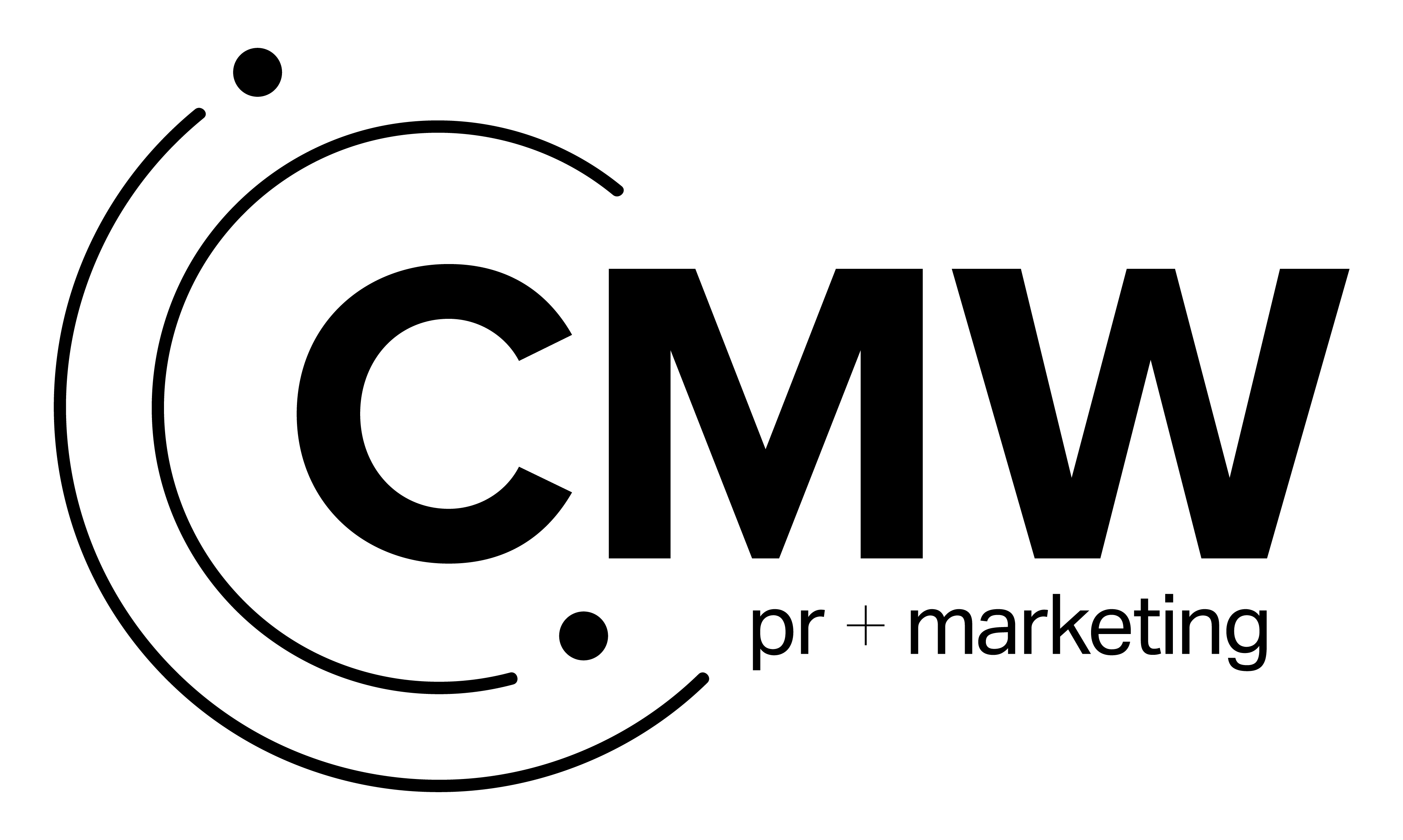The Difference Between Marketing, Advertising, and PR
Marketing, advertising, and public relations (PR) are often performed simultaneously and therefore can be difficult to differentiate. While each of these operations aim to build brand awareness and improve business performance, they each do so differently. Let’s go over the primary similarities and differences of marketing, advertising, and PR:
Differences
Marketing
Marketing is a broad term that encompasses various strategies to engage prospective customers, including:
- Social media
- Content marketing (blogs, collateral, videos, podcasts, etc.)
- Search engine optimization (SEO)
- Website design
- Email marketing
- Trade Shows
Marketing is different from PR and advertising because it is a blanket term that includes all communication with the audience. However, marketing is often used in conjunction with PR when communicating with an audience through articles and other media outlets and cross promoting.
Advertising
Advertisement is specific to paid promotions ran to showcase a brand, product, or service, such as:
- Commercials
- Pay-per-click (PPC) ads
- Print ads
While many people use marketing and advertising synonymously, marketing can encompass both paid and organic promotions, while advertising is specific to paid promotions.
However, advertising works alongside marketing and can help increase inbound traffic and leads. For example, an ad may direct users to a blog post or product page created by the marketing team. When working in unison, marketing and advertising can successfully streamline lead generation.
Public Relations
Lastly, PR is exactly what it sounds like; it handles the relationship between a business and the public. The main goal of PR is to build the brand’s name in order to establish credibility and trust from the public. This is mainly done through media coverage, including:
- News features
- Brand interviews
- Photojournalism stories
- Op/Ed articles
- Cross-blog promotions
The main difference between PR and traditional marketing is it relies on earned media, not paid media. This means that publications are largely done organically, not through transactions.
Similarities
Now that you understand the differences between marketing, advertising and PR, let’s cover the areas where they overlap:
Branding
Branding involves establishing a company’s tone and voice. When done correctly, a brand becomes part of the product. In other words, when a customer makes a purchase they are buying into a brand in addition to their product. This can be seen with established brands, such as Nike, Apple or Cookies. Customers of these brands buy their products because of the namesake more so than the product itself.
So how does a company successfully brand themselves? Well, it requires a strong public perception, compelling promotions, and consistent advertising. Through PR, a business can explain their core values and mission statement to attract like-minded consumers. With attention-grabbing advertisements and organic marketing, consumers can be directed to the brand’s site where the marketing team has curated content to feed their curiosity.
Promotion
Businesses need promotions to sell their products and services. But as we covered above, a customer buys into a business when they buy a product. Therefore, a brand’s image needs to be strong in order to begin running ad campaigns. The website also needs to be up to date with relevant content and information. So, once again, each branch must do their part in order to successfully promote their products.
Sales
Moving on down the funnel, sales also relies on each of these operations. While sales may seem like the final marketing action, it actually is a process in and of itself. Marketing simply gauges and readies a market to ensure a product can sell, not that it will sell. Whereas, advertisements are responsible for driving traffic to a business so that sales can take place. Finally, PR must then maintain a relationship with the purchaser to hopefully gain a loyal customer.
Customer Experience
The customer experience refers to the journey a consumer takes to buy a product, from their first interaction with a brand to the final purchase. While this is mainly a marketing process, PR and advertising should be used to reinforce the intent. Many times, a consumer is first introduced to a company by an advertisement. After they visit their site, it is up to adequate marketing strategies to initiate a sale. Once the sale is complete, PR should engage the audience to maintain a relationship.
Need help with marketing and PR?CMW Media is a full-service public relations and marketing firm that specializes in emerging markets, including the global cannabis industry. Contact us today to see how we can take your brand to the next level!


